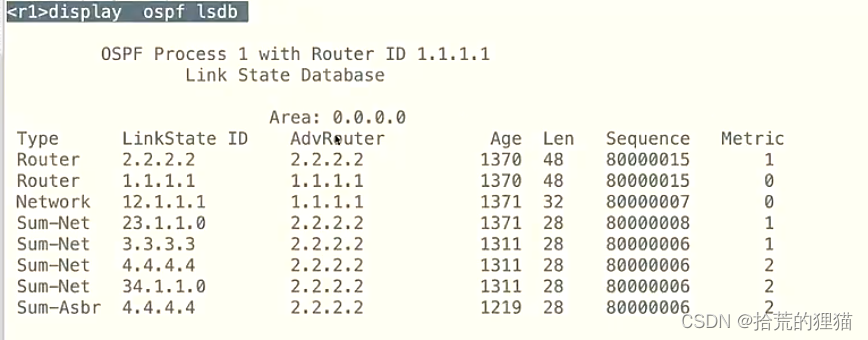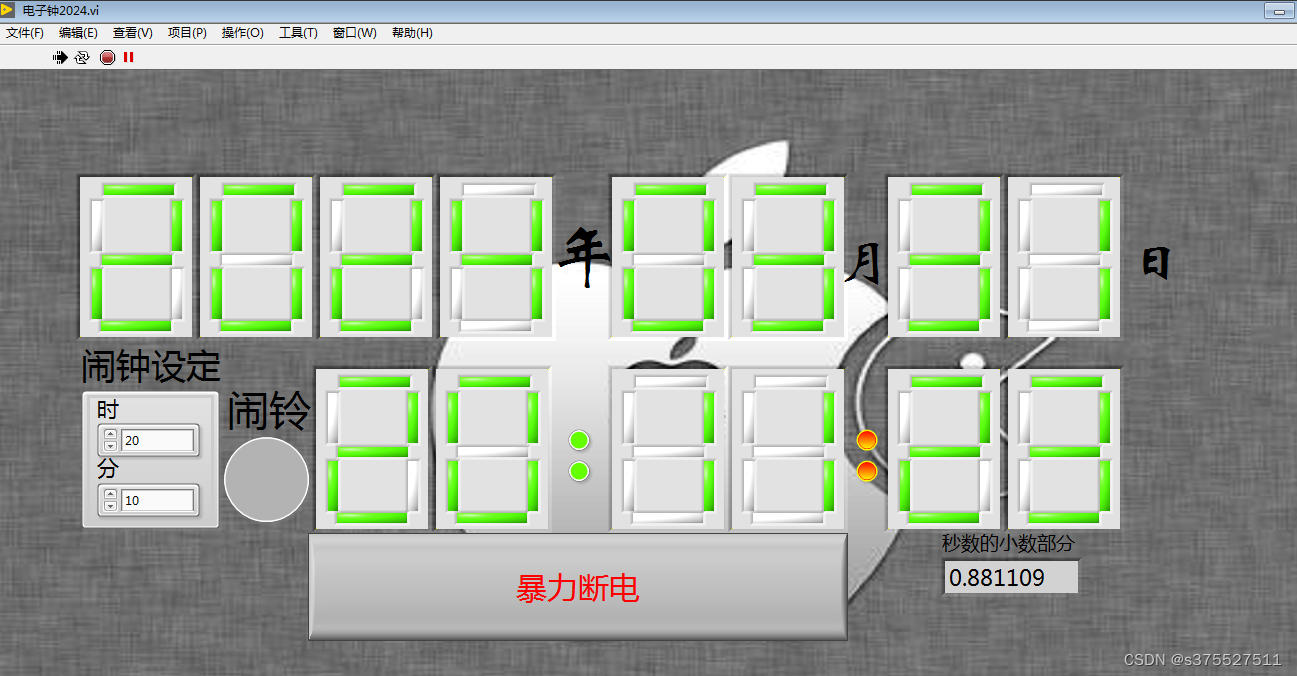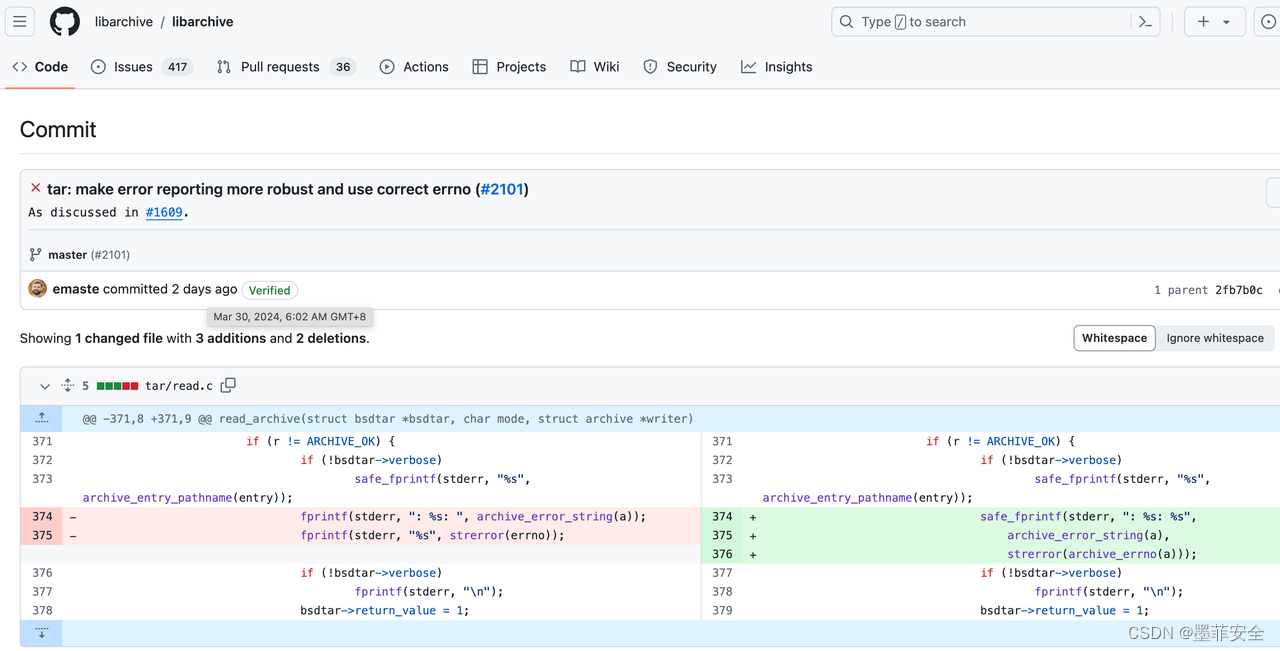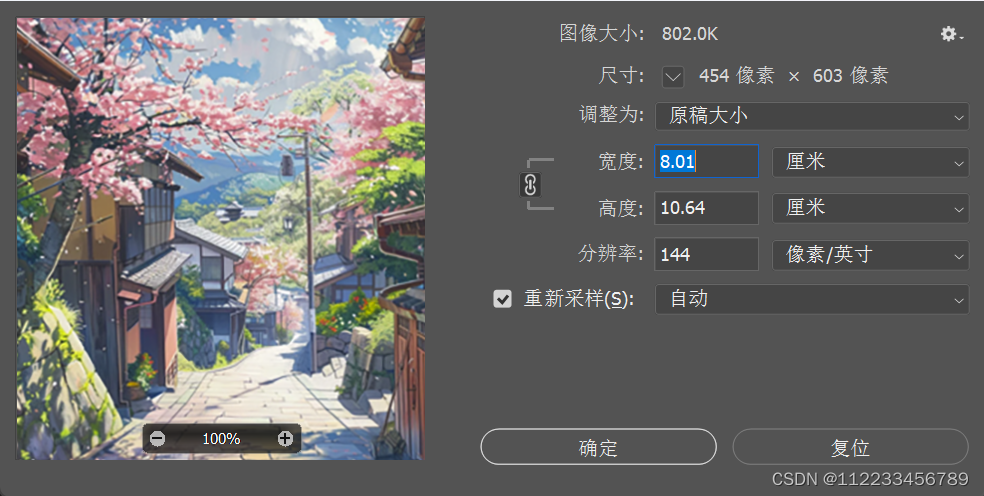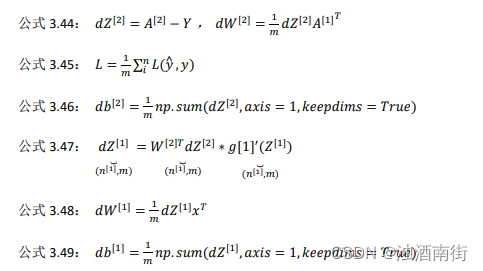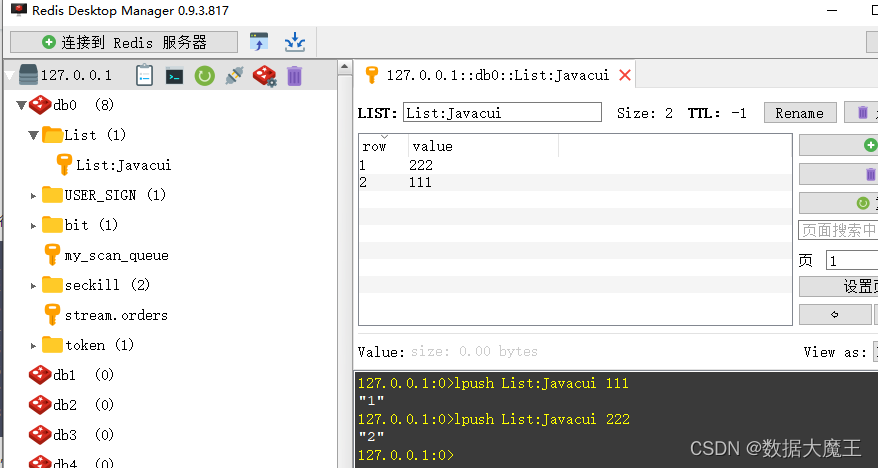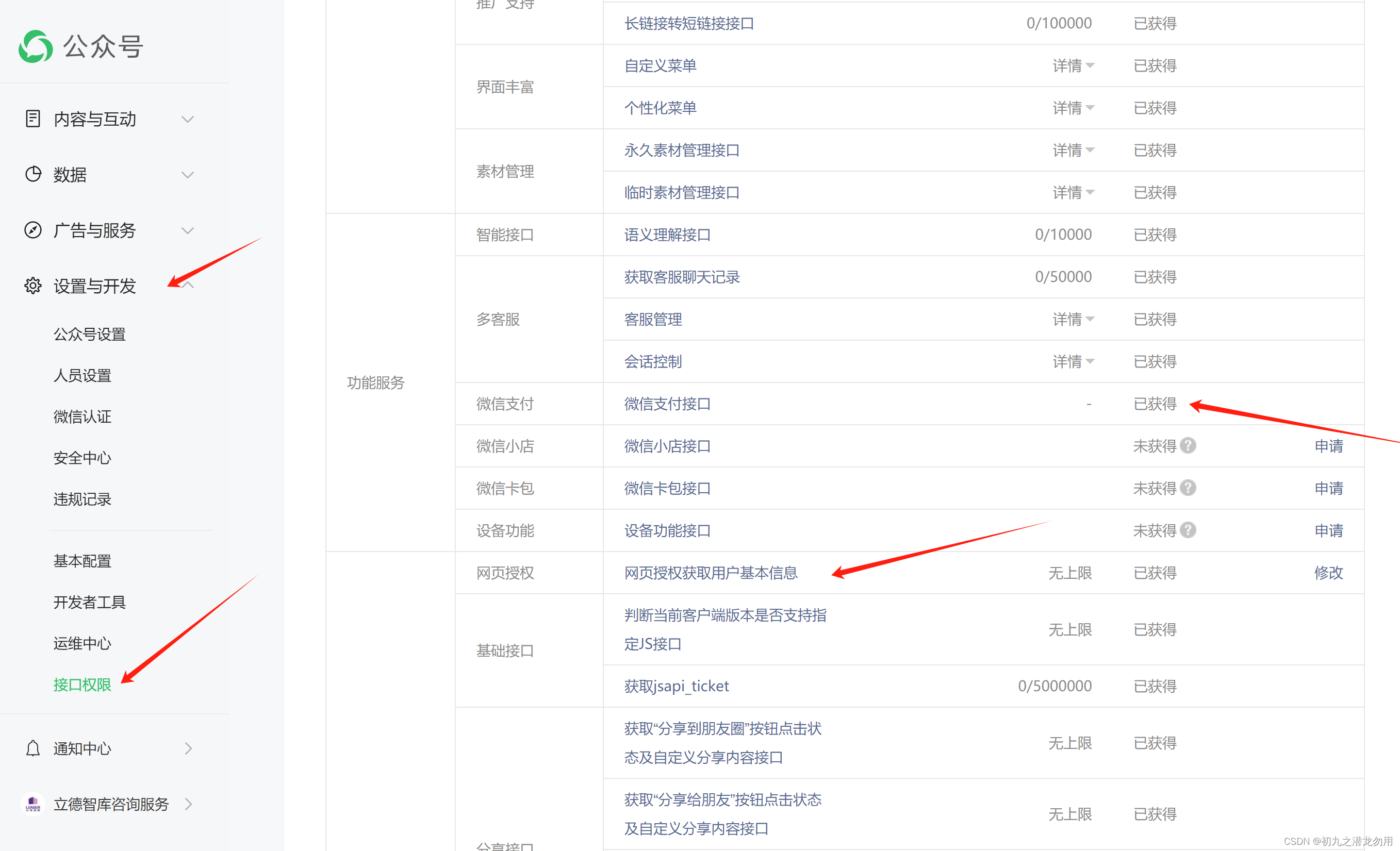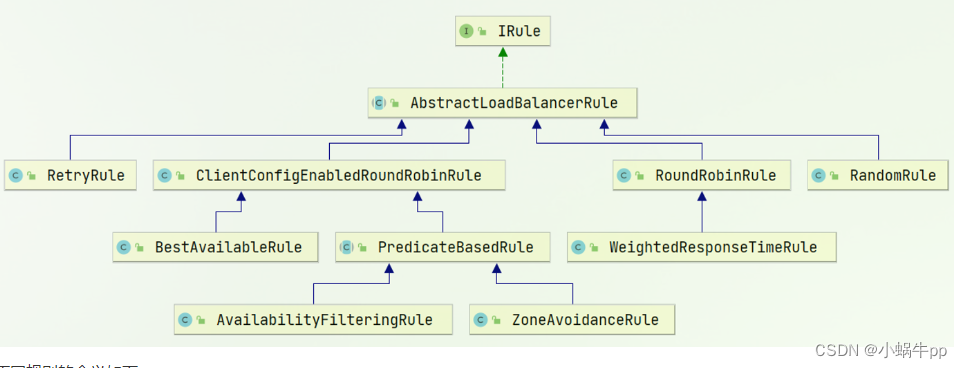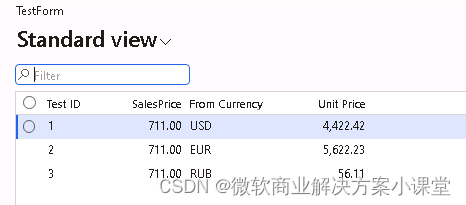力扣题目链接
class Solution {
private:
vector<vector<int>> result;
vector<int> path;
void backtracking(vector<int>& candidates, int target, int sum, int startIndex, vector<bool>& used) {
if (sum == target) {
result.push_back(path);
return;
}
for (int i = startIndex; i < candidates.size() && sum + candidates[i] <= target; i++) {
// used[i - 1] == true,说明同一树枝candidates[i - 1]使用过
// used[i - 1] == false,说明同一树层candidates[i - 1]使用过
// 要对同一树层使用过的元素进行跳过
if (i > 0 && candidates[i] == candidates[i - 1] && used[i - 1] == false) {
continue;
}
sum += candidates[i];
path.push_back(candidates[i]);
used[i] = true;
backtracking(candidates, target, sum, i + 1, used); // 和39.组合总和的区别1,这里是i+1,每个数字在每个组合中只能使用一次
used[i] = false;
sum -= candidates[i];
path.pop_back();
}
}
public:
vector<vector<int>> combinationSum2(vector<int>& candidates, int target) {
vector<bool> used(candidates.size(), false);
path.clear();
result.clear();
// 首先把给candidates排序,让其相同的元素都挨在一起。
sort(candidates.begin(), candidates.end());
backtracking(candidates, target, 0, 0, used);
return result;
}
};这题有点难哦!
代码里面有点优化,可能并不太好理解。
思路
这道题目和39.组合总和 (opens new window)如下区别:
- 本题candidates 中的每个数字在每个组合中只能使用一次。
- 本题数组candidates的元素是有重复的,而39.组合总和 (opens new window)是无重复元素的数组candidates
最后本题和39.组合总和 (opens new window)要求一样,解集不能包含重复的组合。
本题的难点在于区别2中:集合(数组candidates)有重复元素,但还不能有重复的组合。
一些同学可能想了:我把所有组合求出来,再用set或者map去重,这么做很容易超时!
所以要在搜索的过程中就去掉重复组合。
很多同学在去重的问题上想不明白,其实很多题解也没有讲清楚,反正代码是能过的,感觉是那么回事,稀里糊涂的先把题目过了。
这个去重为什么很难理解呢,所谓去重,其实就是使用过的元素不能重复选取。 这么一说好像很简单!
都知道组合问题可以抽象为树形结构,那么“使用过”在这个树形结构上是有两个维度的,一个维度是同一树枝上使用过,一个维度是同一树层上使用过。没有理解这两个层面上的“使用过” 是造成大家没有彻底理解去重的根本原因。
那么问题来了,我们是要同一树层上使用过,还是同一树枝上使用过呢?
回看一下题目,元素在同一个组合内是可以重复的,怎么重复都没事,但两个组合不能相同。
所以我们要去重的是同一树层上的“使用过”,同一树枝上的都是一个组合里的元素,不用去重。
为了理解去重我们来举一个例子,candidates = [1, 1, 2], target = 3,(方便起见candidates已经排序了)
强调一下,树层去重的话,需要对数组排序!
选择过程树形结构如图所示:
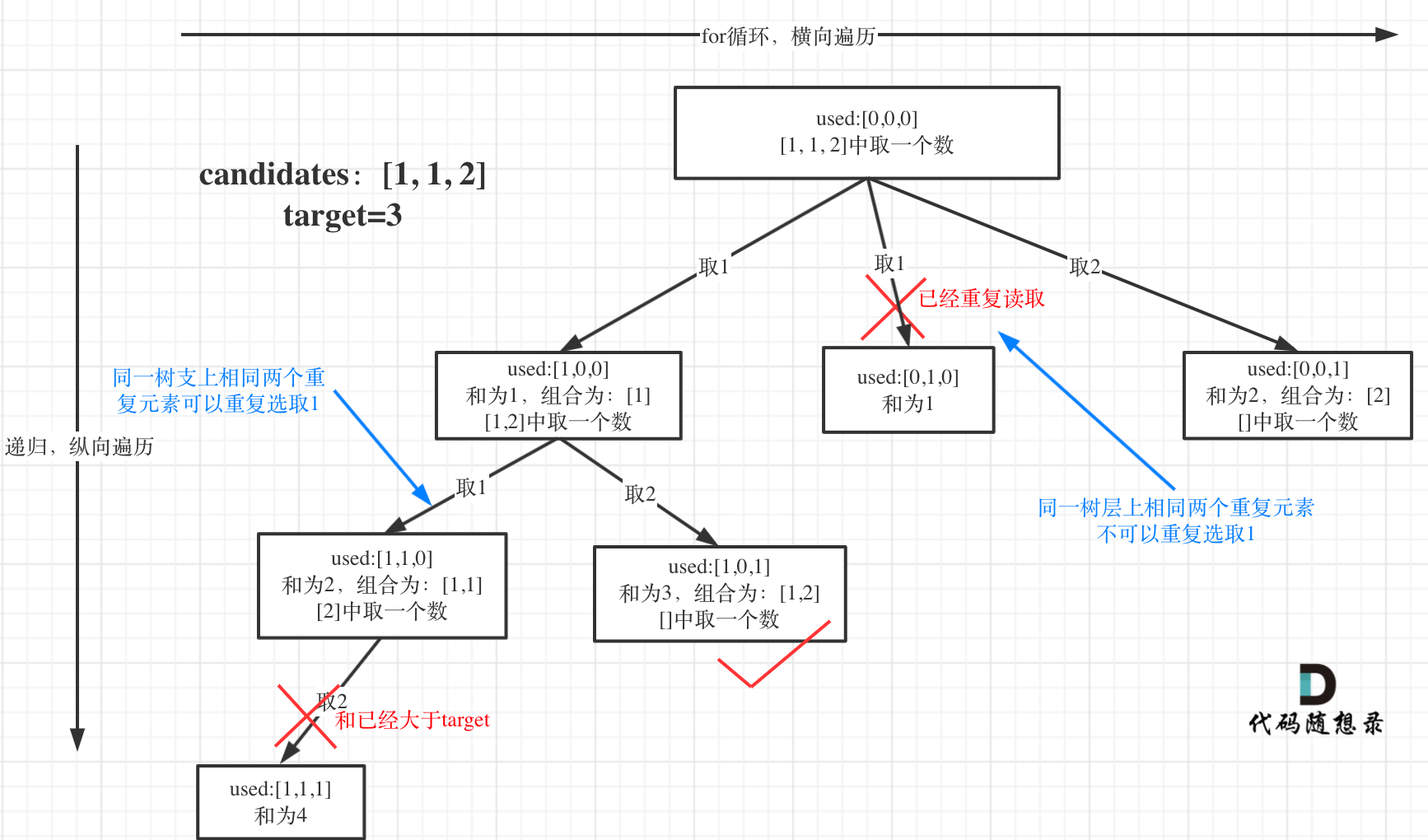
可以看到图中,每个节点相对于 39.组合总和 (opens new window)我多加了used数组,这个used数组下面会重点介绍。
#回溯三部曲
- 递归函数参数
与39.组合总和 (opens new window)套路相同,此题还需要加一个bool型数组used,用来记录同一树枝上的元素是否使用过。
这个集合去重的重任就是used来完成的。
代码如下:
vector<vector<int>> result; // 存放组合集合
vector<int> path; // 符合条件的组合
void backtracking(vector<int>& candidates, int target, int sum, int startIndex, vector<bool>& used) {
- 递归终止条件
与39.组合总和 (opens new window)相同,终止条件为 sum > target 和 sum == target。
代码如下:
if (sum > target) { // 这个条件其实可以省略
return;
}
if (sum == target) {
result.push_back(path);
return;
}
sum > target 这个条件其实可以省略,因为在递归单层遍历的时候,会有剪枝的操作,下面会介绍到。
- 单层搜索的逻辑
这里与39.组合总和 (opens new window)最大的不同就是要去重了。
前面我们提到:要去重的是“同一树层上的使用过”,如何判断同一树层上元素(相同的元素)是否使用过了呢。
如果candidates[i] == candidates[i - 1] 并且 used[i - 1] == false,就说明:前一个树枝,使用了candidates[i - 1],也就是说同一树层使用过candidates[i - 1]。
此时for循环里就应该做continue的操作。
这块比较抽象,如图:
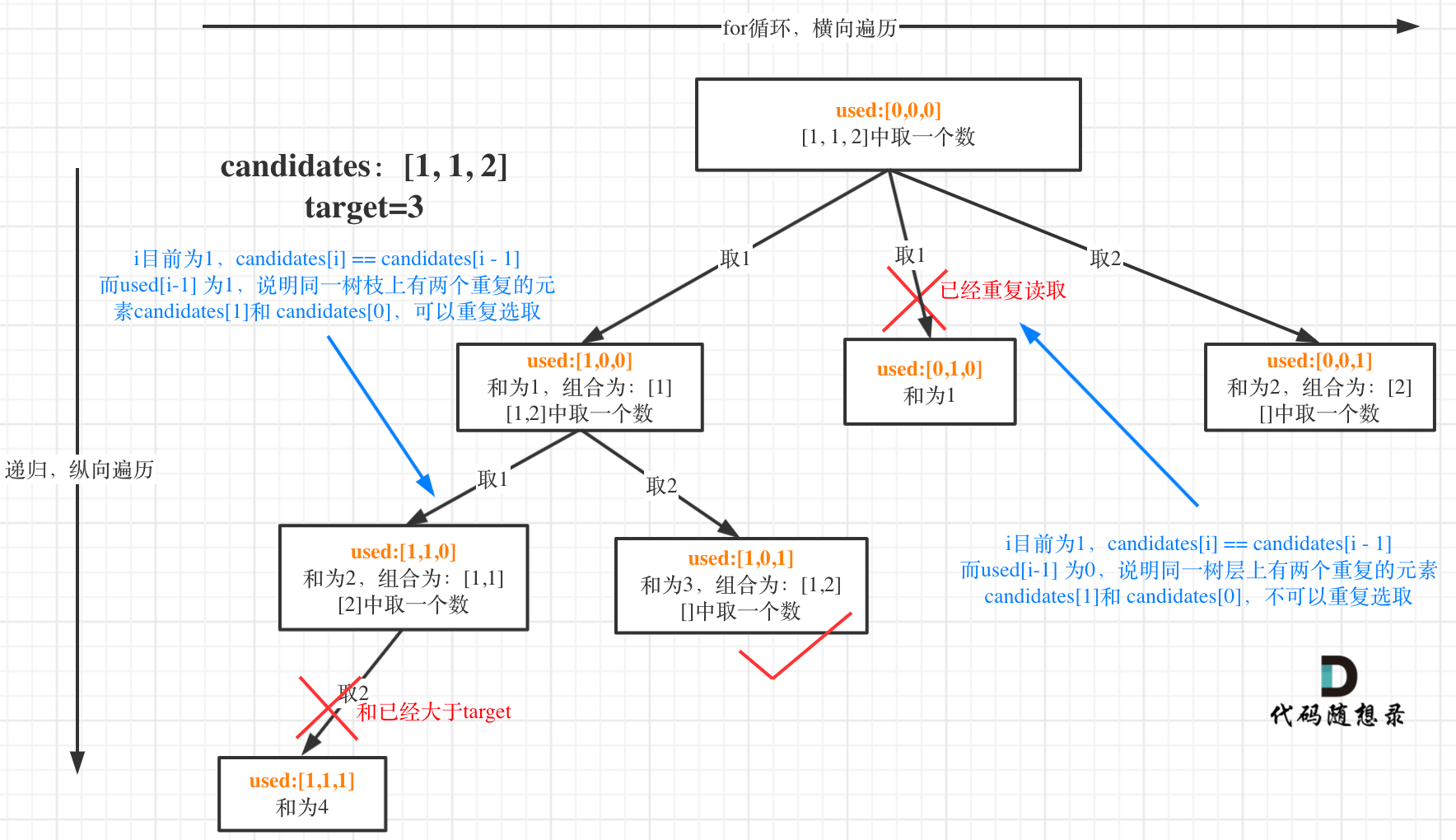
我在图中将used的变化用橘黄色标注上,可以看出在candidates[i] == candidates[i - 1]相同的情况下:
- used[i - 1] == true,说明同一树枝candidates[i - 1]使用过
- used[i - 1] == false,说明同一树层candidates[i - 1]使用过
可能有的录友想,为什么 used[i - 1] == false 就是同一树层呢,因为同一树层,used[i - 1] == false 才能表示,当前取的 candidates[i] 是从 candidates[i - 1] 回溯而来的。
而 used[i - 1] == true,说明是进入下一层递归,去下一个数,所以是树枝上,如图所示:
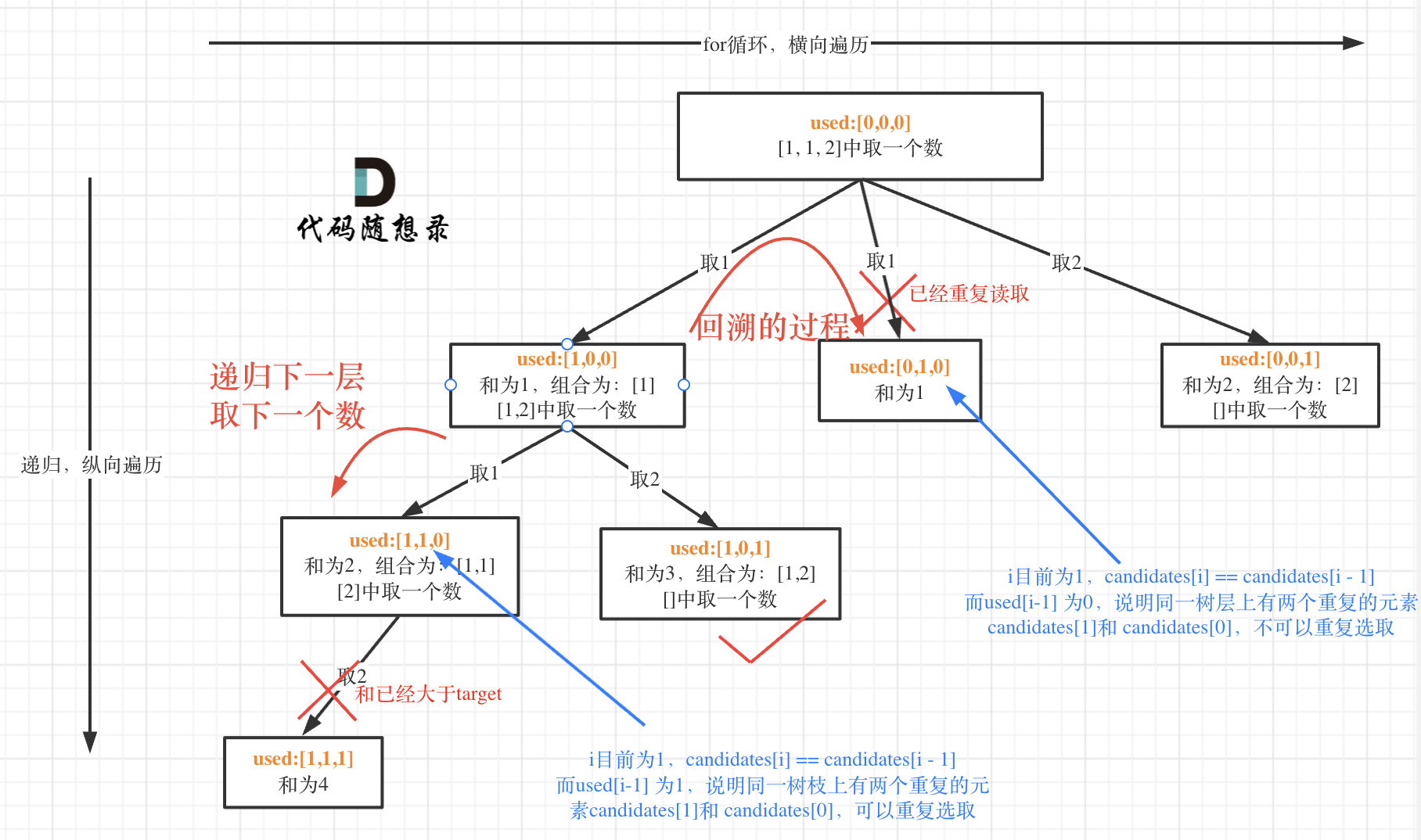
这块去重的逻辑很抽象,网上搜的题解基本没有能讲清楚的,如果大家之前思考过这个问题或者刷过这道题目,看到这里一定会感觉通透了很多!
那么单层搜索的逻辑代码如下:
for (int i = startIndex; i < candidates.size() && sum + candidates[i] <= target; i++) {
// used[i - 1] == true,说明同一树枝candidates[i - 1]使用过
// used[i - 1] == false,说明同一树层candidates[i - 1]使用过
// 要对同一树层使用过的元素进行跳过
if (i > 0 && candidates[i] == candidates[i - 1] && used[i - 1] == false) {
continue;
}
sum += candidates[i];
path.push_back(candidates[i]);
used[i] = true;
backtracking(candidates, target, sum, i + 1, used); // 和39.组合总和的区别1:这里是i+1,每个数字在每个组合中只能使用一次
used[i] = false;
sum -= candidates[i];
path.pop_back();
}
注意sum + candidates[i] <= target为剪枝操作,在39.组合总和 (opens new window)有讲解过!
代码随想录 (programmercarl.com)
这题有时间自己还要多多来看一下~
